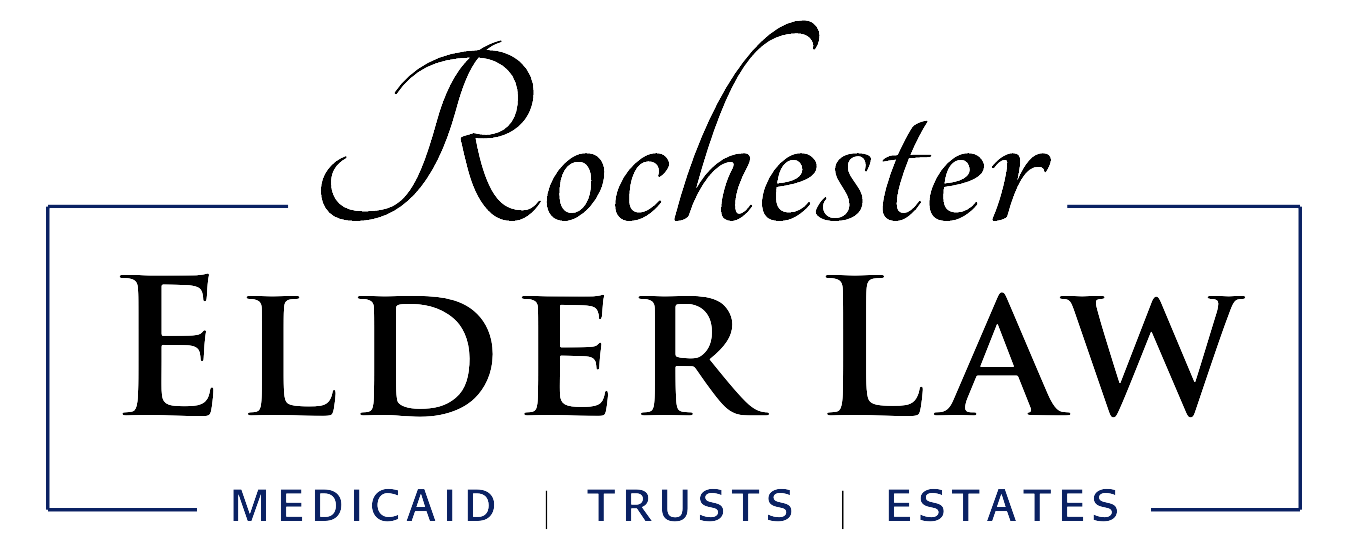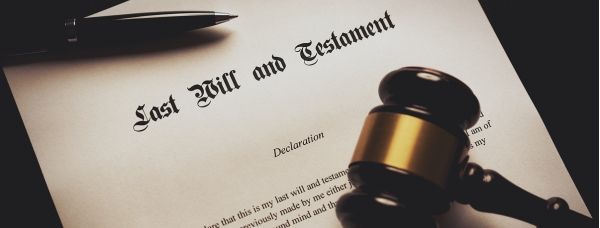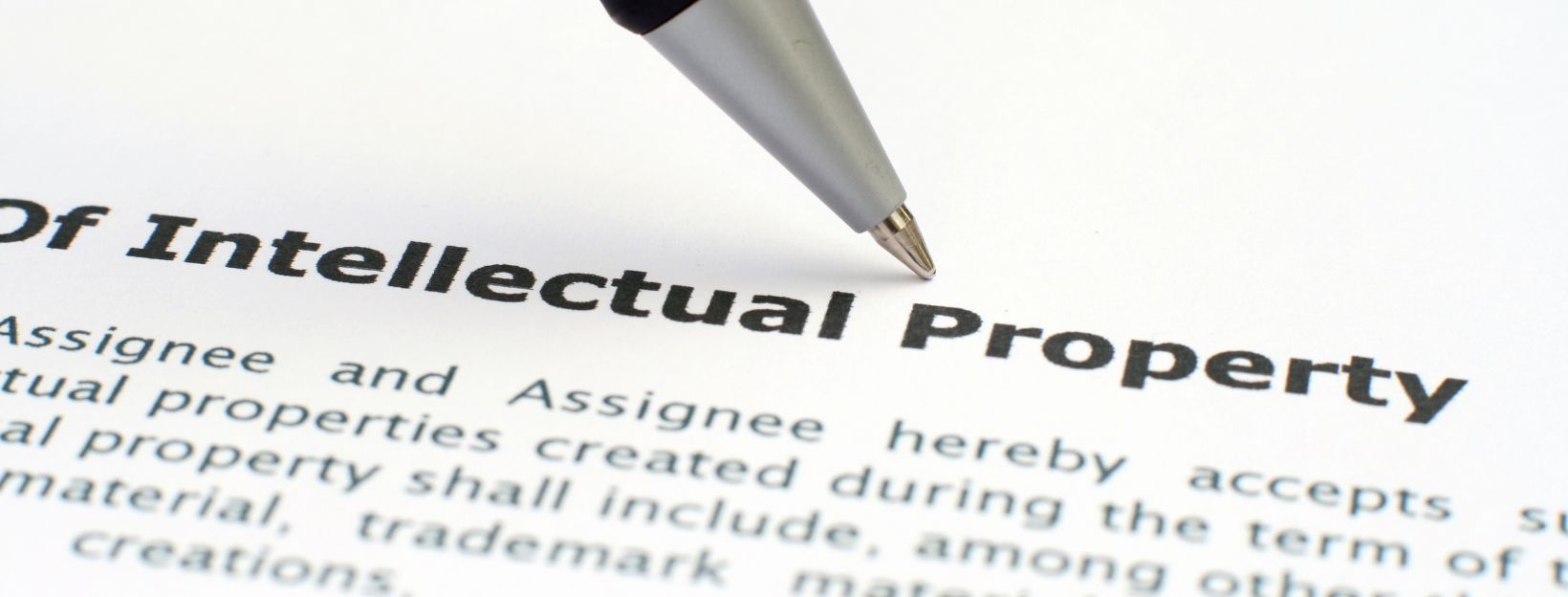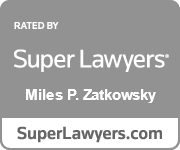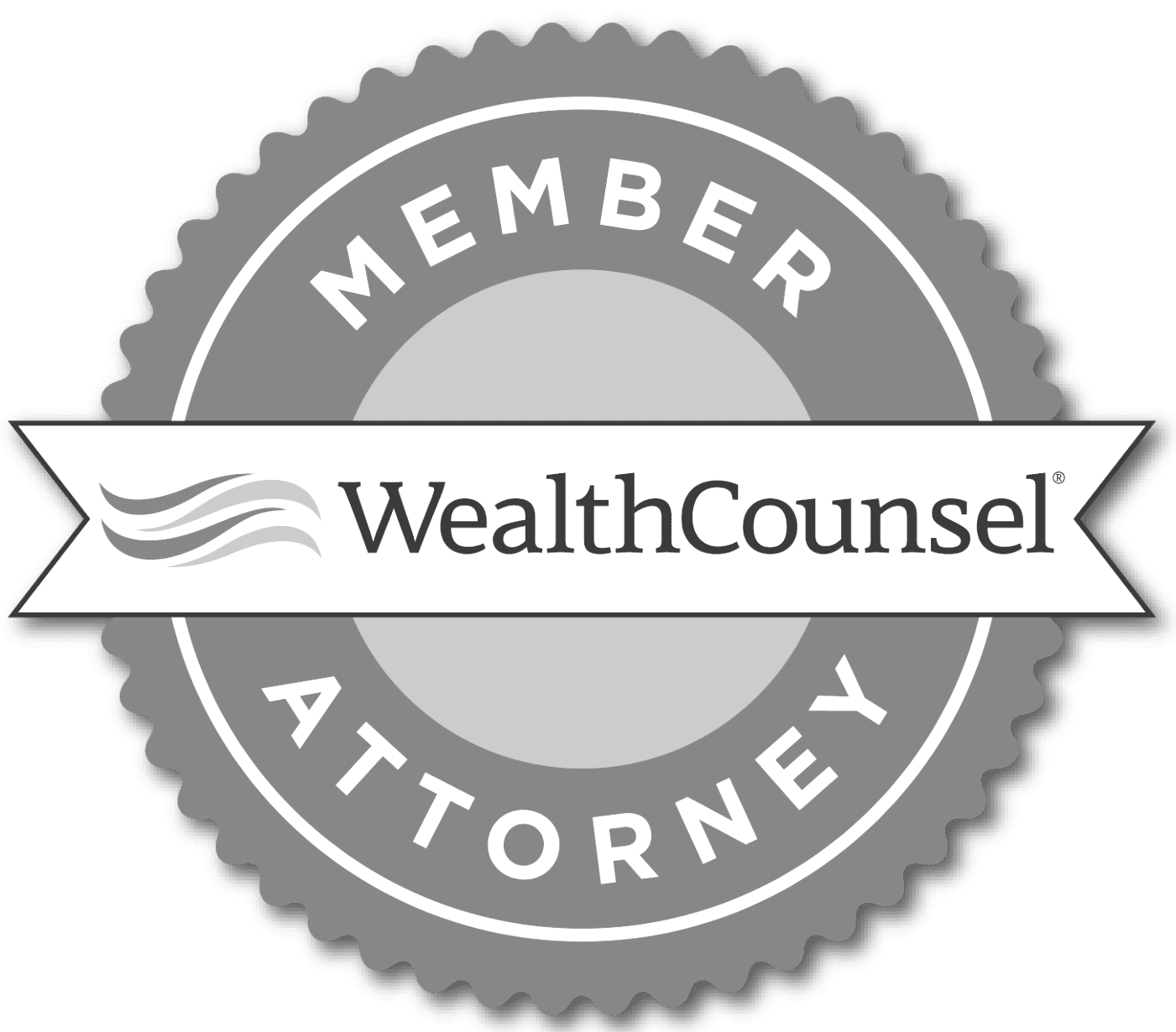In its broadest sense, intellectual property (IP) refers to innovative thought works or creations of the mind, like inventions, designs, symbols, literary and artistic works, and images and names used in commerce. Several legal methods to protect intellectual property using copyright, trademarks, and patents enable individuals to earn financial, branding, or recognition benefits from their inventions.
Entrepreneurship is at an all-time high in the digital age. The internet of things makes access to markets broader and more efficient to reach huge swaths of potential buyers, clients, or customers. All business environments can leverage the robust IP system to help protect innovation and creativity. In particular, frontier technologies are pushing the boundaries of what is possible and rapidly changing how we conduct business, innovate and create.
The World Intellectual Property Organization (WIPO) divides intellectual property protections into six broad categories. Becoming familiar with IP protection types can greatly benefit your business. You may have more intellectual property to protect than you imagined. An intellectual property attorney can help you identify some of the more nuanced IPs to help protect and grow your business. Types of IP protection include:
Copyright Law
Several international treaties address the area of copyright (©) and associated rights. These copyright laws aim to balance the interests of those creating the content with the public interest for the widest possible access to said content. In legal terms, copyright protects the rights of creators over their artistic and literary works ranging from books (including online fan fiction), paintings, sculptures, music, and films.
Registering your copyright with the US Copyright Office allows your copyright to be enforceable at the federal level. Copyright infringement stems from inaccurate details surrounding true events and plagiarism. It can lead to legal action, such as Star Wars versus Battlestar Galactica, James Dyson versus Hoover, Gucci versus Guess, Apple versus Microsoft, and Apple versus Google.
Patent Law
The United States Patent and Trademark Office (USPTO) can grant exclusive rights to an invention after the inventor files a patent claim with the technical information for USPTO to review. The patent provides these rights territorially, meaning exclusive rights are applicable in the region or country where the patent is filed and granted.
The guiding principle of a patent is to provide the owner the exclusive right to stop or prevent the commercial exploitation of their invention by others. The patent protects others from commercially producing the invention, using, distributing, importing, or selling it without the patent owner’s consent. A patent typically lasts twenty years in the US from the application’s date.
Some well-known patent infringement lawsuits include Polaroid versus Kodak, Monsanto Company versus Pioneer Hi-Bred Int’l, Apple versus Samsung, Carnegie Mellon University versus Marvell Technology Group, Intel versus VLSI Technology, and Pfizer versus Teva Pharmaceuticals (TEVA) and Sun Pharma.
Trademark Law
A trademark (®) is a sign that distinguishes the services or goods from one enterprise to others that the USPTO can grant. Registering a trademark may include a combination of words, numerals, letters, symbols, drawings, three-dimensional features like the shape and packaging of products, and even non-visible signs like fragrance, sounds, or color shades to distinguish goods. A trademark application filing and fee payment with the national or regional office can secure a trademark and usually lasts ten years unless the holder renews by paying additional fees.
Trademark infringement distills into two main claim categories, fair use or parody. Fair use occurs when a trademark is used for its primary rather than a secondary meaning and in good faith. Good faith indicates it is unlikely for consumer confusion to result. Parody is a murkier claim since what one person finds a humorous spoof may offend another or dilute the trademark value via ridicule.
Famous trademark infringement lawsuits Marvel versus DC Comics over using the term “superhero,” Academy of Motion Picture Arts versus GoDaddy.Com Inc., Louis Vuitton versus Louis Vuiton Dak, Apple Corps versus Apple Computer, and Paris Hilton versus Hallmark over her “That’s hot” trademark.
Industrial Design
This IP consists of an article’s aesthetic or ornamental aspect in two or three-dimensional features like lines, patterns, color, or a surface shape which may be registered or receive a design patent. The industrial design is then protectable from third parties making, selling, or importing any articles embodying its design which is a substantial copy for commercial purposes.
Industrial design covers various products such as packages, containers, household goods, furnishings, jewelry, light equipment, textiles, and electronic devices. Its definition even extends to graphic symbols, logos, and graphical user interfaces (GUI). Registering a design in some countries may include a design patent. In contrast, even without registration, other countries afford a limited scope of protection known as “unregistered industrial design.” These designs may also receive protection under copyright law as works of art.
The most notable lawsuits regarding industrial design IP protections include BlackBerry versus Typo Products and Apple versus Samsung. This particular sector of design protection is difficult to adjudicate as the lines blur between what is industrial design and fashion, and cases have reached the US Supreme Court over definitions of design patents.
Geographical Indication
This IP term describes products with specific geographical origins with qualities and reputations or characteristics attributable to that region. A business with this geographical indication right can prevent a third party from using the name for a product non-conforming to the applicable regional standard. Examples may include Darjeeling tea or Champagne.
The geographical indication does not preclude another business from making a product employing the same techniques. Thus Champagne can be made as sparkling wine, prosecco, or methode champenoise. Collective or certification mark protections vary widely throughout different countries and regions. Fairly assessing disputes can be difficult.
Trade Secrets
These IP rights protect confidential information for licensing or sale purposes. Subsets of the broader categories of commercial, technical, or financial information or their combination providing a competitive advantage include formulas, recipes, and source codes. Unauthorized acquisition, use, or disclosure of the information is prohibited.
Non-disclosure and non-compete agreements between business partners and employees can aid in protecting trade secrets. Limited important document accessibility and a robust IT security infrastructure are also protection requirements.
Legally claiming intellectual property can protect you from IP infringement. Consult with an intellectual property law attorney to assess your situation and how to claim your IP properly. Your lawyer can guide you through the process, whether a trademark, copyright, patent, or another sector of intellectual property, and also help you determine if litigating any infringement in court is your best option.
more news you can use



Still have questions?
